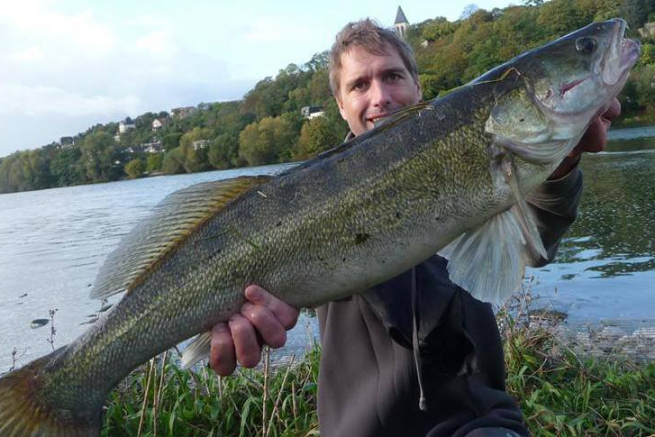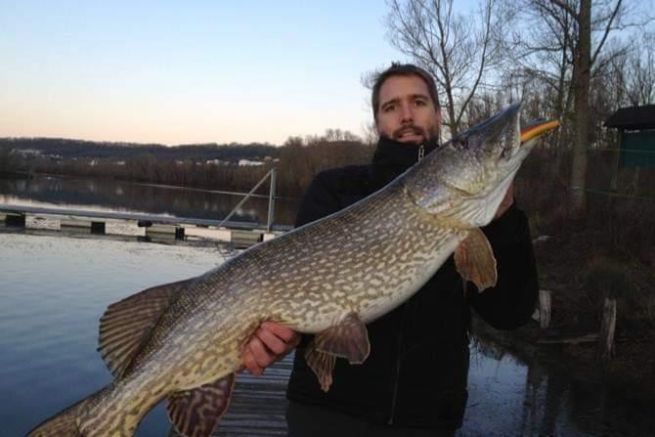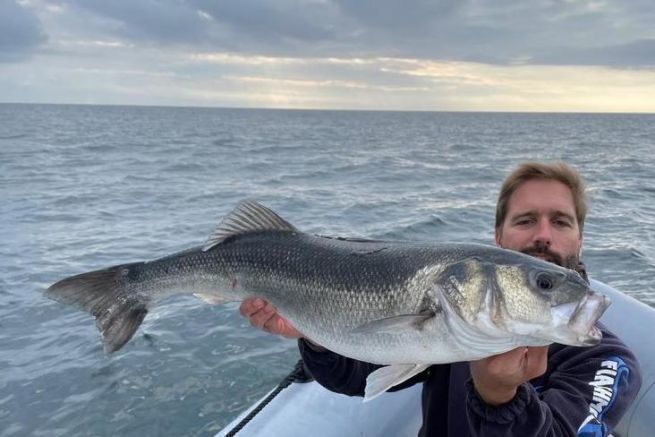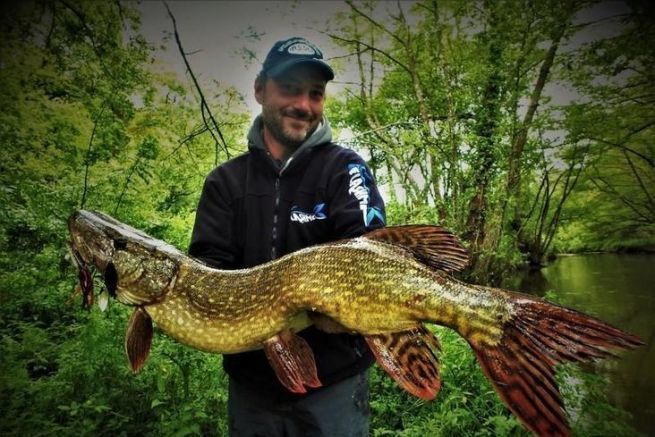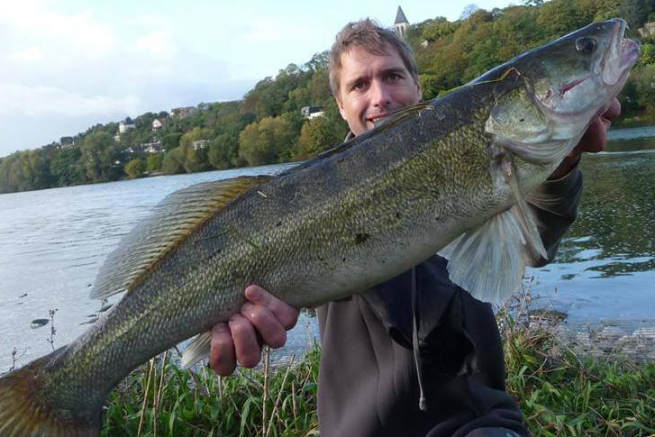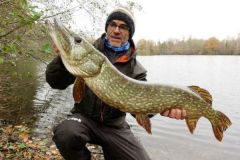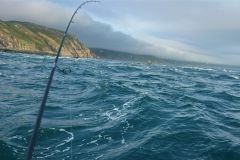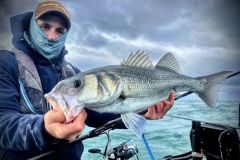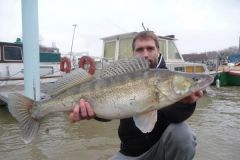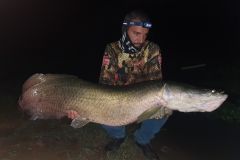Catching a record fish is within everyone's reach, and we'll all catch that dream fish at some point. But to multiply your chances and also increase the average size of your catches, you need a specific approach.
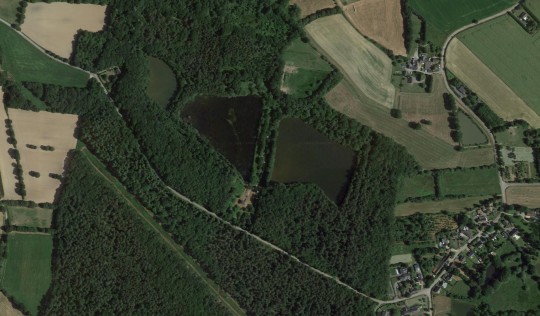
Choose an environment rich in large fish
As we said in the previous topic, not all environments are created equal in terms of fish populations. While some are rich in quantity, others produce large specimens with regularity. If your aim is to find those big fish, then you need to concentrate on specific environments, which sometimes means traveling a lot of miles to get there.
Jobs back on the road
Going off the beaten track is often synonymous with disappointment, but also with success and the discovery of nuggets...
Environments untouched by fishing pressure may not be the richest in terms of quantity and "quality", but they do allow you to meet less wary fish and also ensure that you keep your spots secret. Big fish are wary and when fishing pressure is high, their activity is reduced to a few key moments, and even then it's hard to fool them. That's why the search for big fish starts with an exploration of the most remote spots in your region.
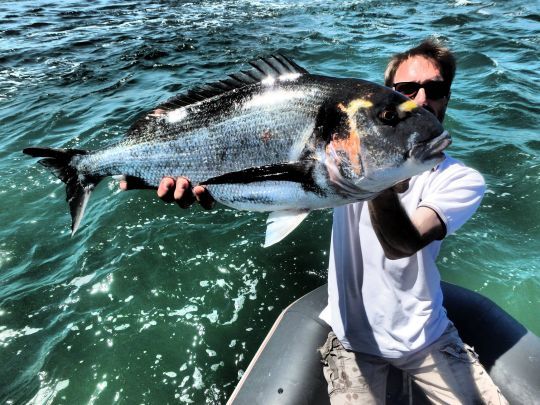
Specific positions
In every environment and for every species, there are specific spots, the best ones, which are home to the largest specimens. If these spots offer greater tranquillity, access to a large food source and the possibility of feeding easily, you can be sure that they will be occupied by predators. Older fish have the experience to recognize them easily and are the right size to make their mark.
In the same way, a blind is often adapted to a particular size of fish. When an occupant disappears, it is often replaced by a congener of the same size. These are what we call "big fish spots", and we still have to find and identify them...
Favourable niches
Once again, old-timers, armed with their experience, know when to feed most easily and without risk. So they choose not only specific spots, but also the most favourable times to do so. They will concentrate their activity, all the more so if fishing pressure is high, on restricted and targeted time slots. Light and weather conditions are also important factors.
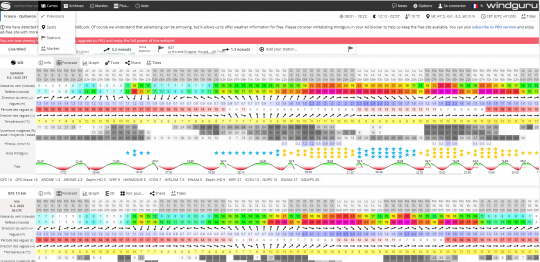
Big lures
It's always possible to catch a big fish with a small lure and vice versa, even more so in certain seasons. But when it comes to selecting and targeting record fish, big baits are still a good approach.
Cannibalism is often the order of the day within species, and it's not uncommon for larger fish to attack their smaller counterparts. In the case of pike, for example, at the start of the season, "beams" can regularly be found in the break waiting for the bait fish, but also "whistles" that venture outside the edge of the plate...
The method
When you're looking specifically for big fish, you'll obviously get fewer bites and catches. So to avoid missing out, you need to apply the method rigorously. Paint all spots and water heights differently, even when there are no bites or you're getting bored.
It's easy at times like these to change strategy. It's easy to switch back to smaller lures or different spots to get a few bites, but these are all opportunities lost in the search for big fish.
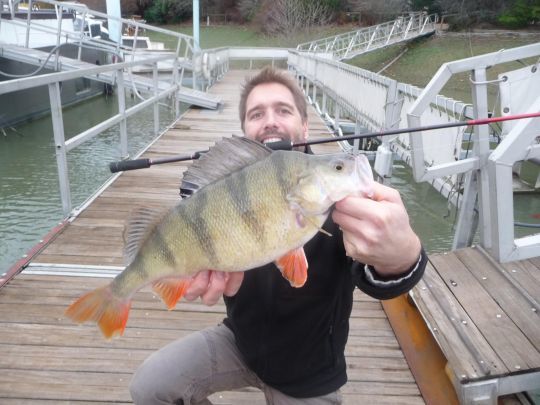
Motivation and stubbornness
In the same spirit, you need to be aware that not every outing will be a success. It's part of the game to be unsuccessful, but capturing a record is such an emotional experience that you'll soon forget the disappointments of previous sessions. It's important to keep in mind, and to keep telling yourself over and over again, that "one cast is enough".

 /
/ 